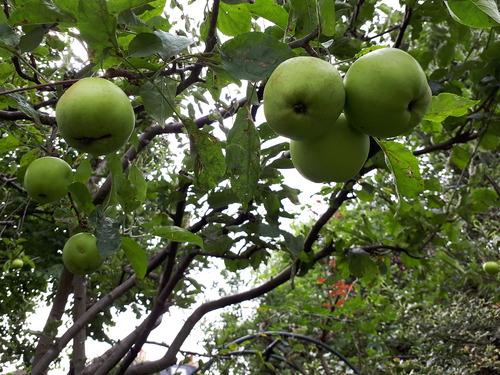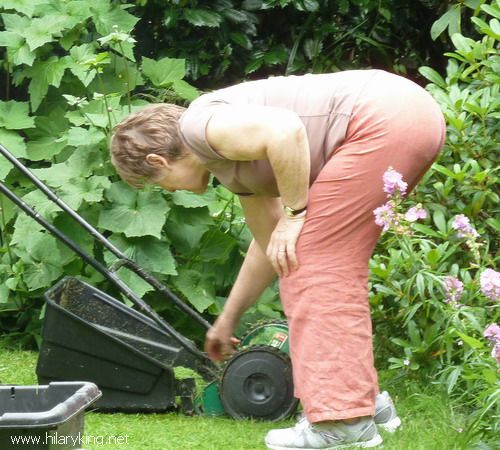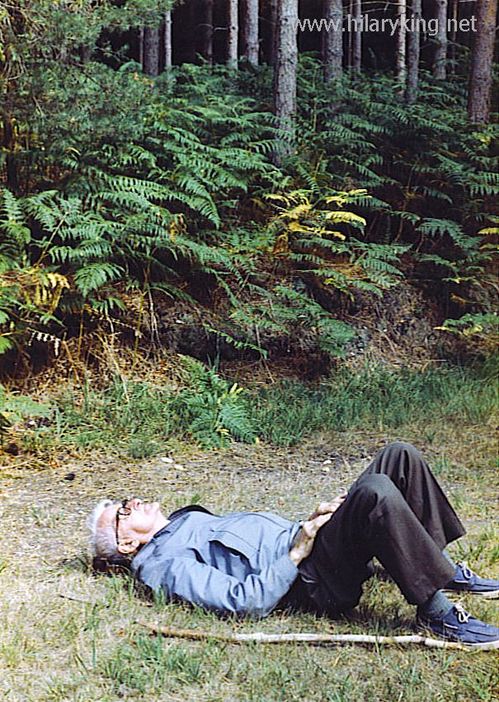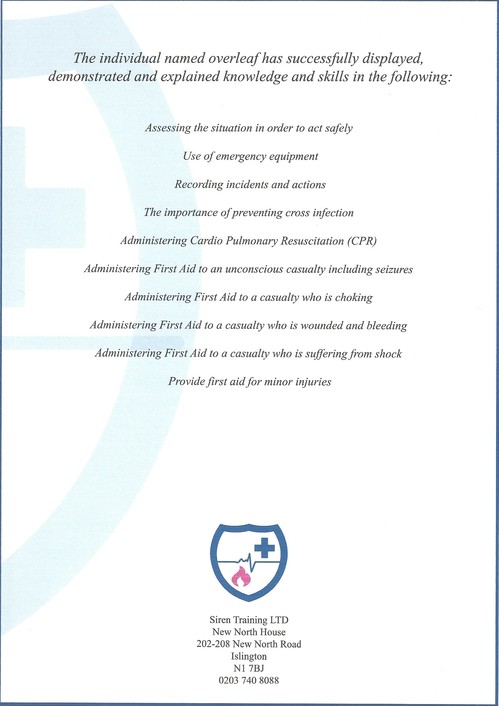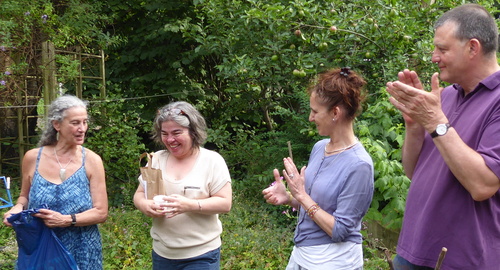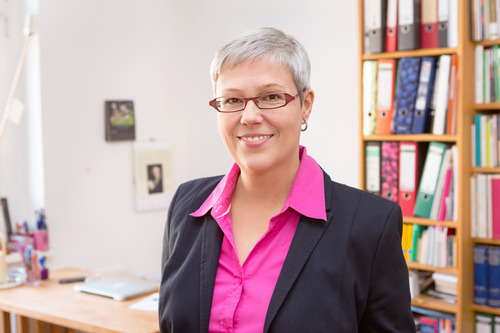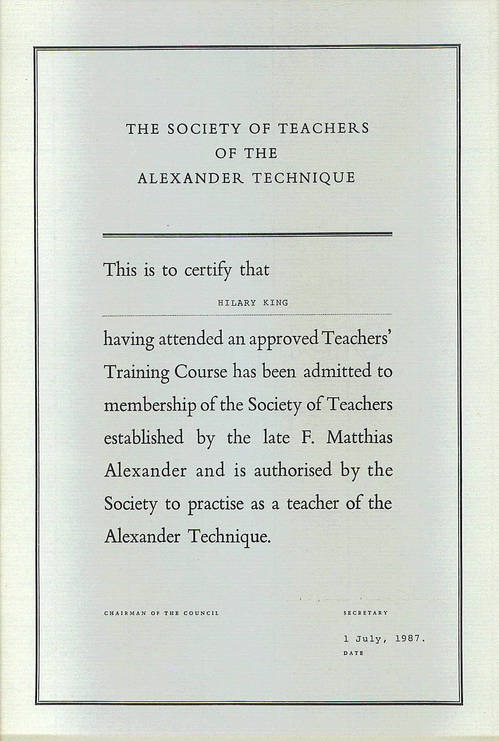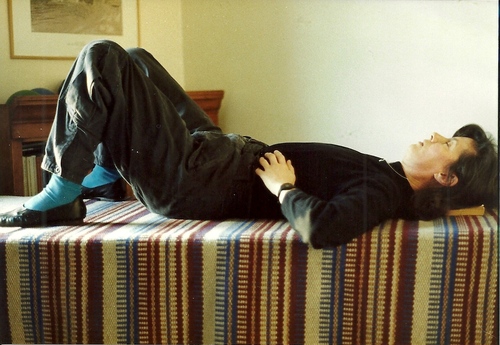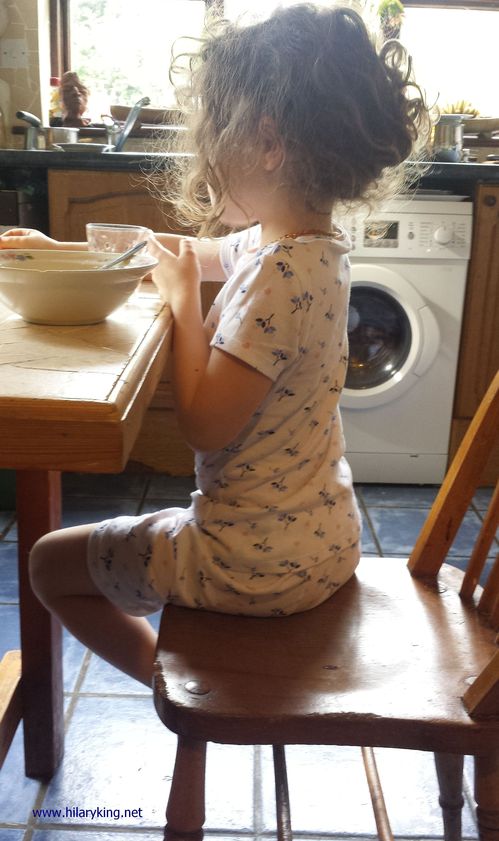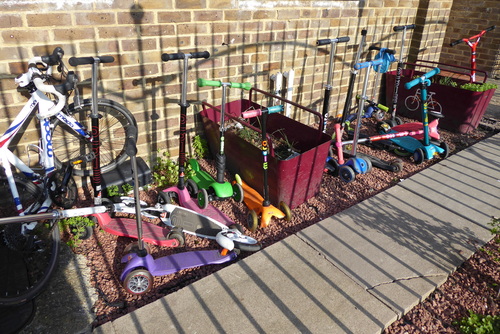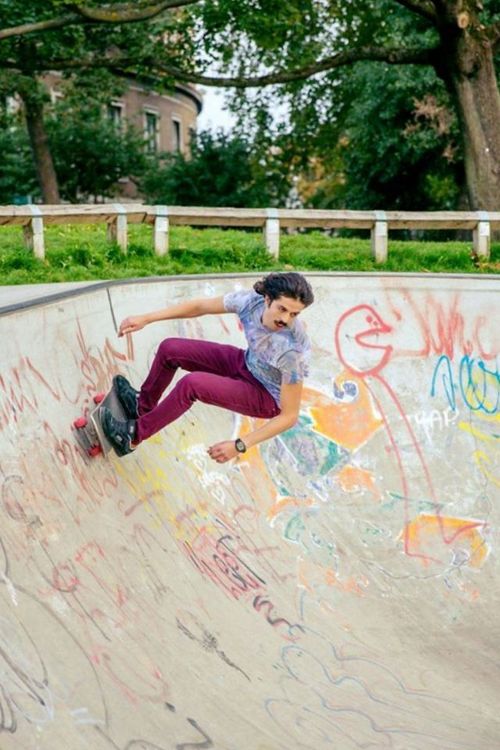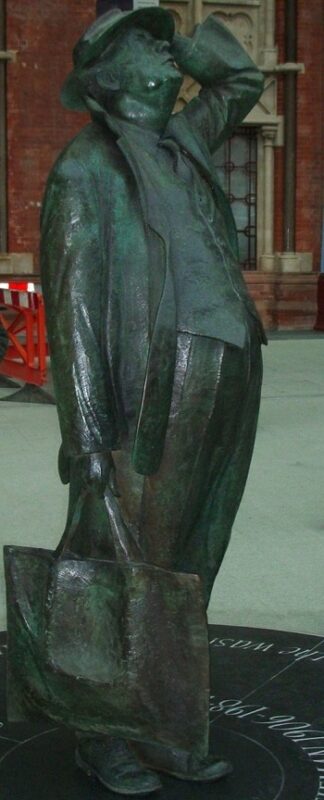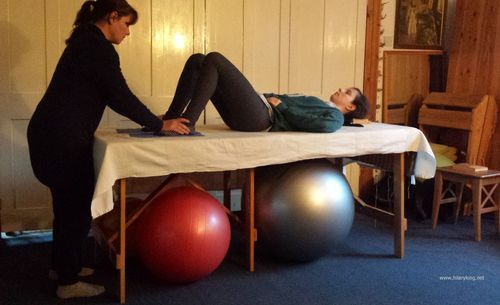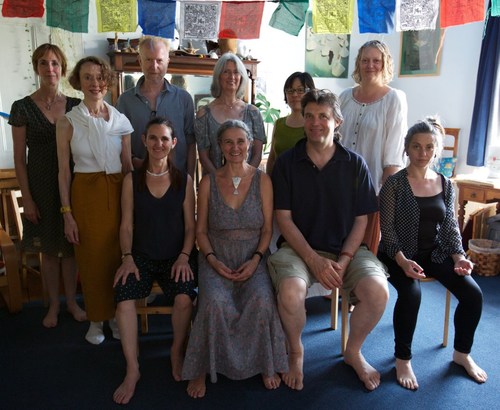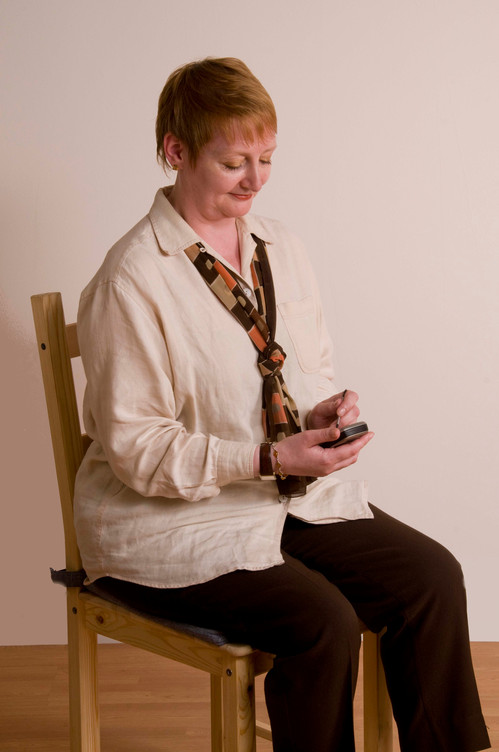And I Still Love my Work!
However I am rather shocked to realise just how long I’ve been teaching and to see the signature on my certificate has nearly faded away!
So How Has the Alexander Technique Helped Me?
Over the years, the AT has really helped me in many ways. Firstly, every Alexander teacher has to be aware of their own
mind-body-use whilst teaching (and living) so there is a built-in element of self-care, which is invaluable. Of course life throws situations at us to which we react and I thought I would share some of the ways the Alexander Technique has helped me choose better options of response than would have been available to me without the AT.
Coping With Stress
When I first started having AT lessons, I was taking a BA in Psychology. My marriage had just ended so I’d become a single parent with 2 small children to look after and needed to retrain, as I could no longer be a classical ballet dancer. I was
stressed! Then my mother died suddenly of a heart attack so I was even more stressed and I thought that I could do end up like her if I continued as I was, so I signed up to some AT lessons at college.
Suddenly I had a tool I could help myself with to calm myself down and clear my mind, so I could work better and I gradually became less reactive when faced with difficult situations.The lessons helped sort out a lingering
back injury I had sustained whilst doing ballet and, with all the note-taking I was doing, my arms and hands were tense and getting sore but applying the AT helped me avoid developing
RSI. I enjoyed and appreciated the Alexander Technique so much that I decided to train as an AT teacher, once I had finished my degree.
There followed a period of several years where I was teaching the AT and Stress Management in several further education colleges, developing my own AT teaching practice, continuing to develop professionally by training in Psychotherapy and still looking after two youngsters. Much of this had to be done in order to survive financially – but I also had a habit of over-doing things!
Broken Toe
One day I dropped a heavy piece of wood onto the end of my big toe and broke it. Perhaps the first sign that I wasn’t as strong as I had expected myself to be but I didn’t think of that at the time. It was a tiny break but very painful! Of course I was limping for a while but soon realised that limping was quickly becoming a
habit which threw my body out of balance, so that my knee was beginning to hurt. I was very grateful to being able to use the AT to help me let go of the limping habit, so I could return to walking in an even and co-ordinated manner and my knee stopped hurting.
Major Operation Followed by Chronic Fatigue Syndrome
Not long after, I faced the challenge of having a major operation, which again caused me to move unnaturally for a while and the AT work really helped me at this time. However my recovery seemed slow after the operation and it became apparent that I had Chronic Fatigue Syndrome, which took several years to recover from.
It was so hard for me to avoid doing too much on the days when I felt OK – and when I over-did things, it would take many days for me to regain some energy so that I could function again! The Alexander Technique was such an invaluable tool to have, as it helped me to be aware of my habits, to notice my reactions to things and to be mindful of my body-use, so that I could learn to pace myself appropriately and gradually recover. I also made frequent good use of the
lying down procedure!
And Now?
Since then I have been continuing to
teach the Alexander Technique in my own practise and at the
LCATT Teacher Training course for many years. I also use the AT throughout my daily activities (for example being aware of how I’m using myself using the computer as I write this) so that I can help myself maintain my
poise and
freedom of movement.
Each of the life situations and problems I have had to face have taught me more about myself and more about how the Alexander Technique can help people in so many different situations. It is not a cure-all but it really can help us in a huge range of situations when we learn it – and importantly, remember to use it!
Want to try out the Alexander Technique?
